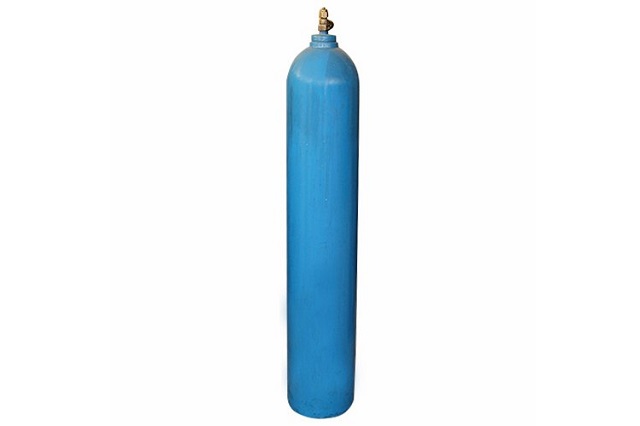
Argon is one of the most widely used gases in the entire set of noble gases, with its applications stretching across a wide variety of fields in Australia. With argon’s global market growing at a CAGR of 11.4% till 2026, its industrial and commercial applications keep ever-increasing.
But except for the periodic table and laboratories, where does argon appear? What are its top commercial and industrial uses? Read on to find out!
Top uses of argon on a commercial scale
As a noble gas, argon has many unique properties that allow it to be used in applications across multiple fields in Australia. Here are some of the top uses of argon on a commercial scale.
Neon lights
One of this noble gas’s most common and widely known uses is probably neon lights. But how does this work?
On passing electricity through the noble gas, you put the electrons in a state of flux, temporarily exciting them. As a result, they jump into the upper energy level or ‘shell’. Upon returning to its original energy level, the electron emits a photon responsible for the neon light.
3-D printing
Argon is spreading its roots across 3D printing gradually. Since 3D printing is a process that exposes the printing material to extreme heat and cold, it needs something to prevent it from oxidising.
This is where the above noble gas steps into the picture, which further reduces stress impact. Moreover, it can also be mixed and blended with other gases to create better anti-oxidising agents for 3D printing material.
Radioisotope dating
One of the other widely-known uses of Argon is Radioactive dating, which can be used to date objects more than 4 million years old.
Note that radioisotope dating and carbon dating are not the same. Carbon dating is a further sub-classification of radioactive dating and can only be used to date around 1000 years old articles.
Shield gas for welding
The above-mentioned noble gas also provides a significant contribution to the world of welding. It is used for welding a wide variety of things, ranging from specialty alloys to automobile parts.
But why is argon referred to as the shield gas?
Well, it is because argon is generally non-reactive and doesn’t react with all the gases floating around while welding is going on. Hence, it keeps you away from the risk of things escalating and catching fire during welding.
Heat treatment
The above noble gas is perfect for processes that require the absence of atmospheric gases such as oxygen and nitrogen. This means that they can be used efficiently for heat treatment processes that demand the absence of the above-mentioned atmospheric gases.
Metal production
Since the above noble gas prevents oxidation, it can come in handy in another important industrial process, i.e. metal production. To produce metal, it needs to be heated and cooled repeatedly. Argon’s job is to ensure that the metal doesn’t succumb to oxidation in the above process.
Everybody who has had the slightest relation to chemistry in school or college has heard argon. But argon isn’t a very widely used gas on a commercial scale.
It has only just started taking up more industry applications and putting them to fresher use.



